Christina Lowry: MEMENTO VIVERE : Remember to Live
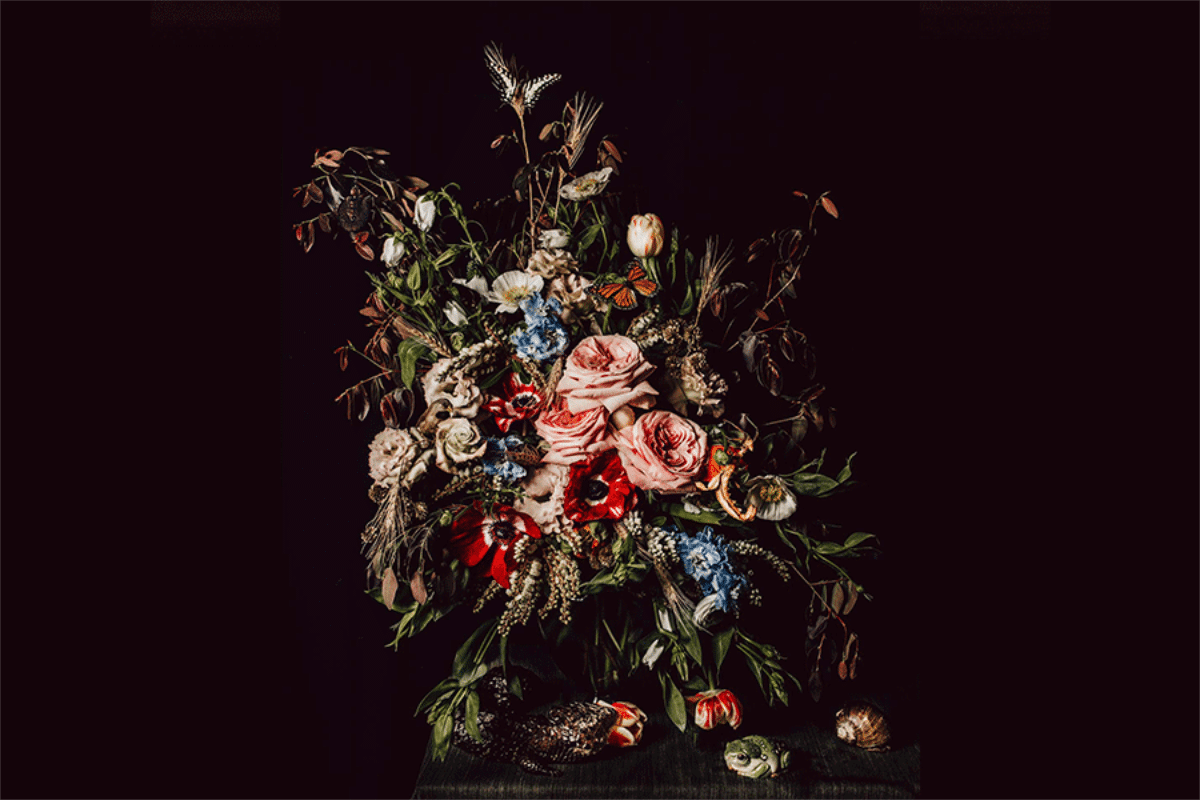
MEMENTO VIVERE : REMEMBER TO LIVE
Exhibition continues until 2 April, 2022.
This exhibition of studio still life photography was created in response to Australia’s evolving experience of the COVID-19 pandemic. These images capture the parallels between contemporary responses to COVID-19 and 17th-century responses to the plague. Reiterating the symbolism expressed in traditional Dutch paintings for a contemporary audience. The experiences of those in 17th century Amsterdam are common to many cities in the 21st-century: a highly contagious disease whose impact was compounded by social inequality and government responses including travel restrictions and social distancing.
Christina Lowry Artists Talk
11.30am, Thursday 24 March, live on TAC’s Facebook page
If you were to create a body of art work in response to the pandemic, what would it look like?
Artist Christina Lowry was drawn to the style and symbols of the 17th century Dutch masters which she combined with modern elements to create the collection, ‘Memento Vivere’ (Remember to Live); an exhibition that speaks simultaneously to the plague and the covid-19 pandemic.
Join Christina for a deep dive in to the history, visual language, stylistic elements, compositions and lighting employed in the creation of these fine art photographs.
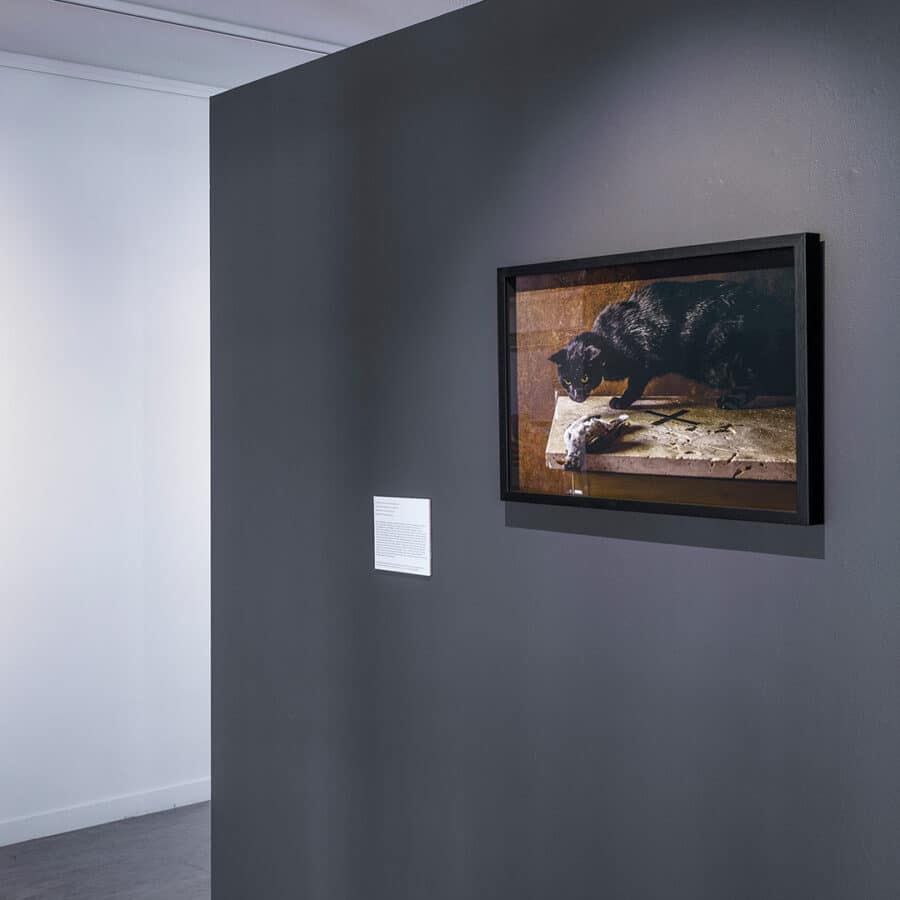
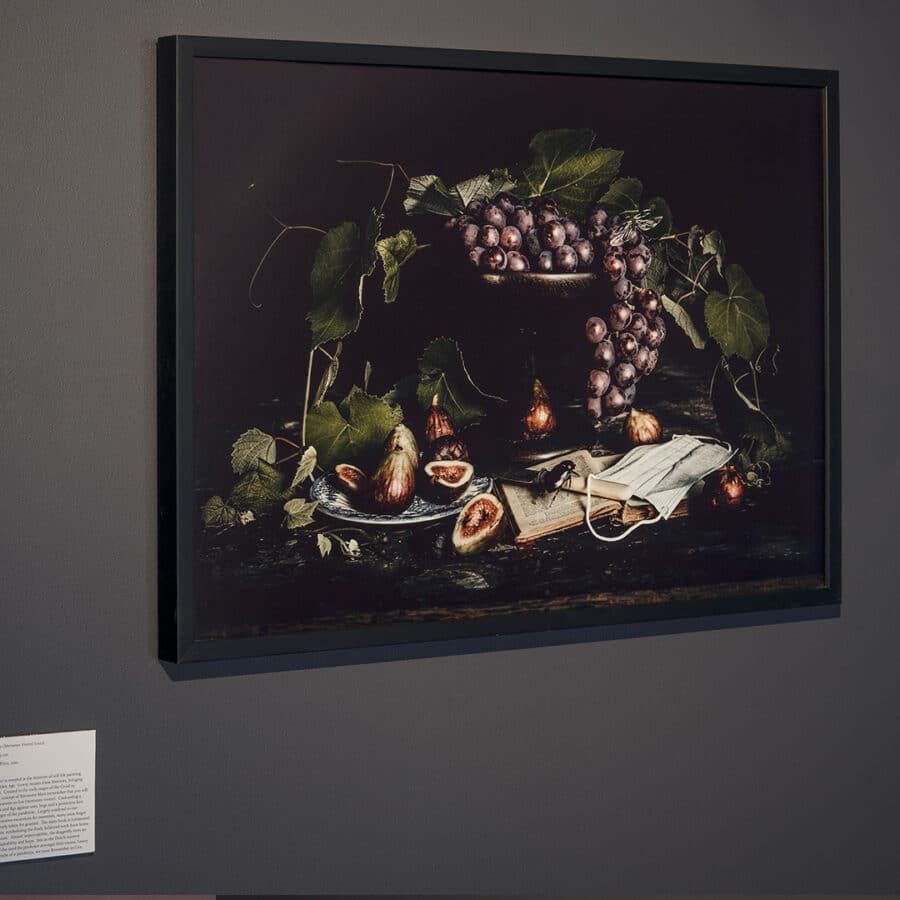
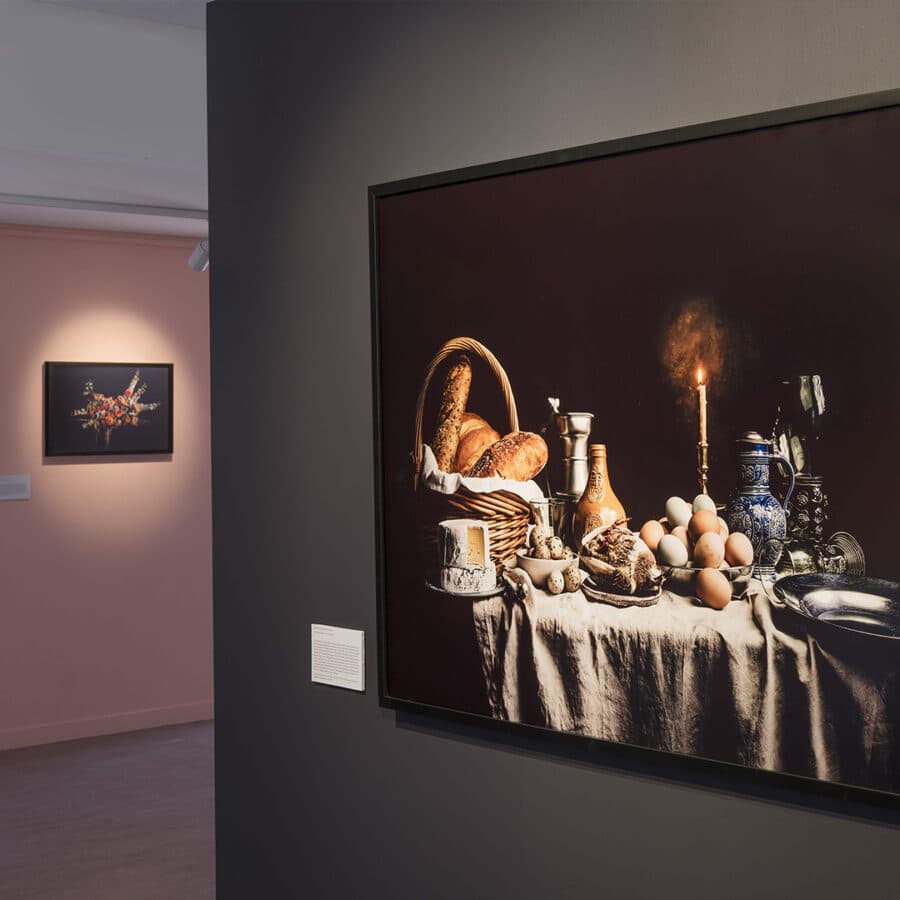
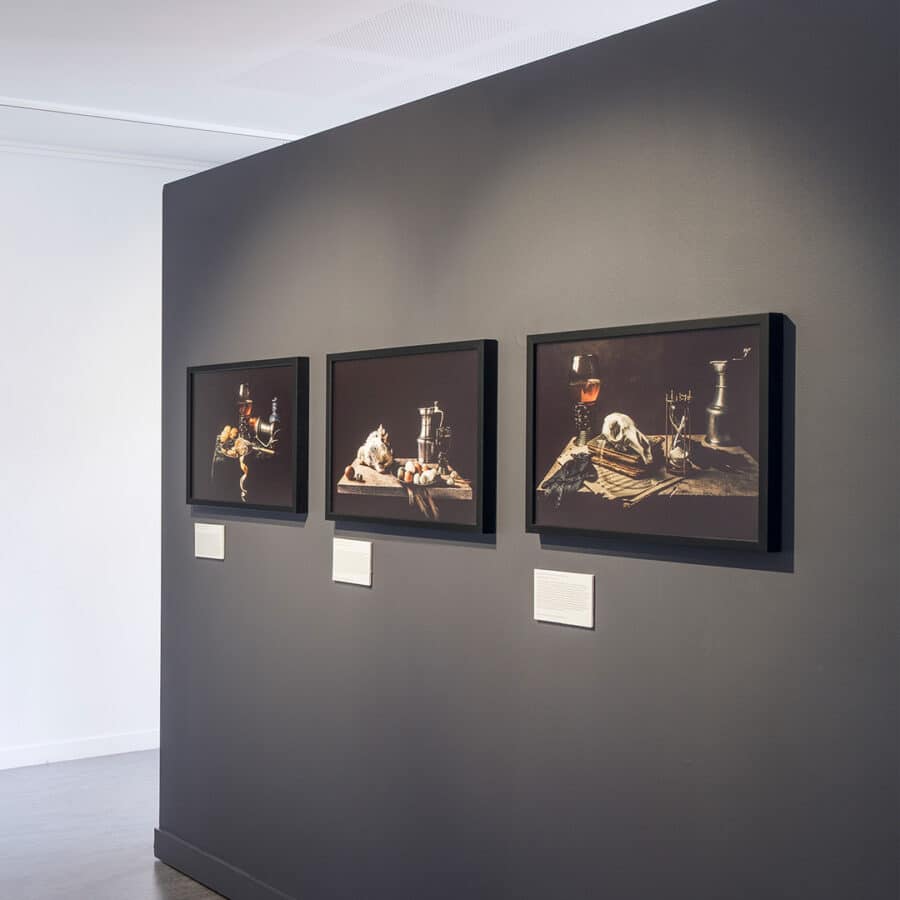
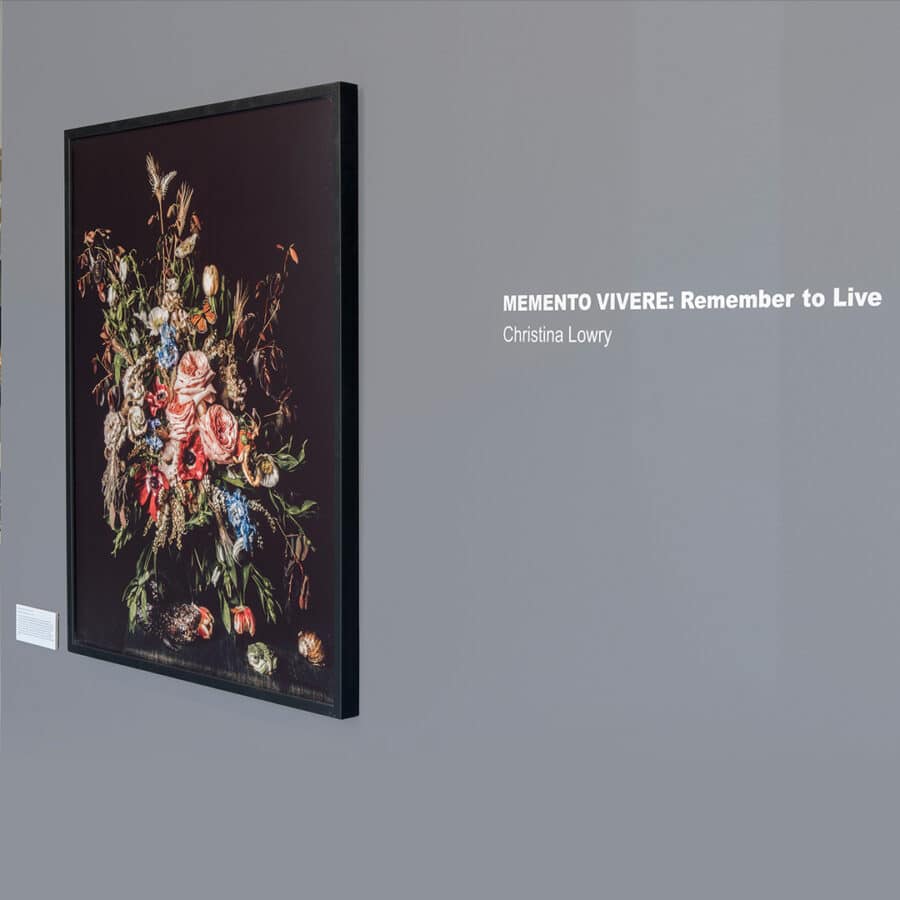
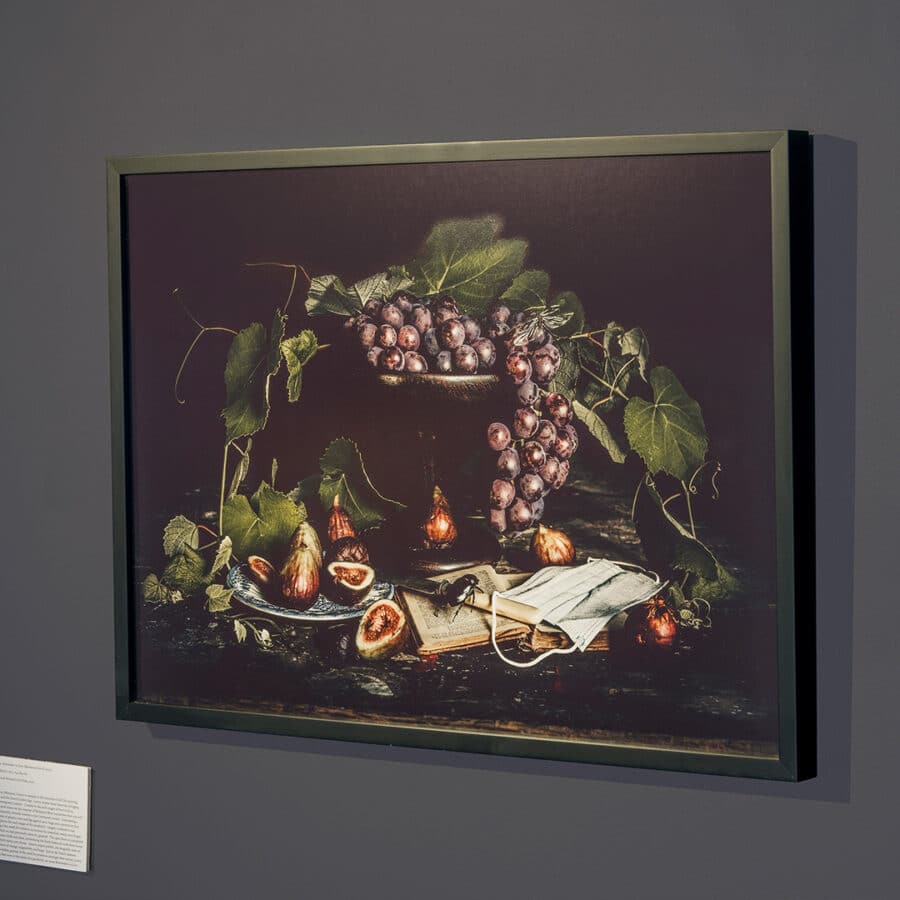
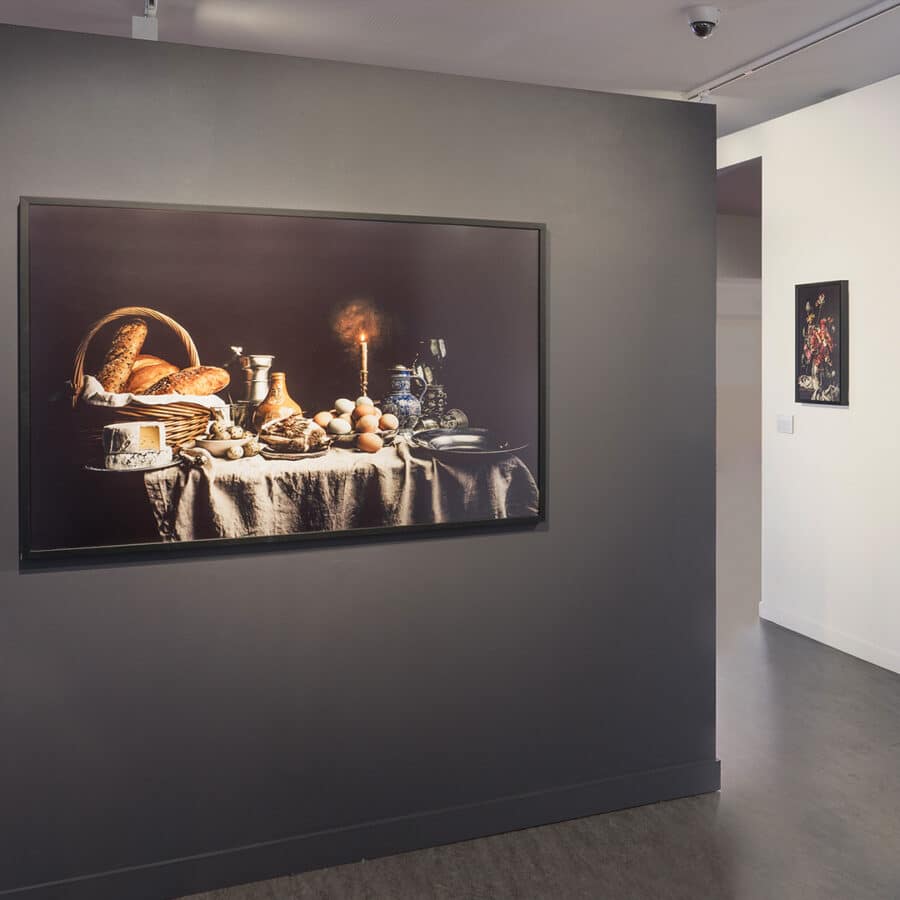
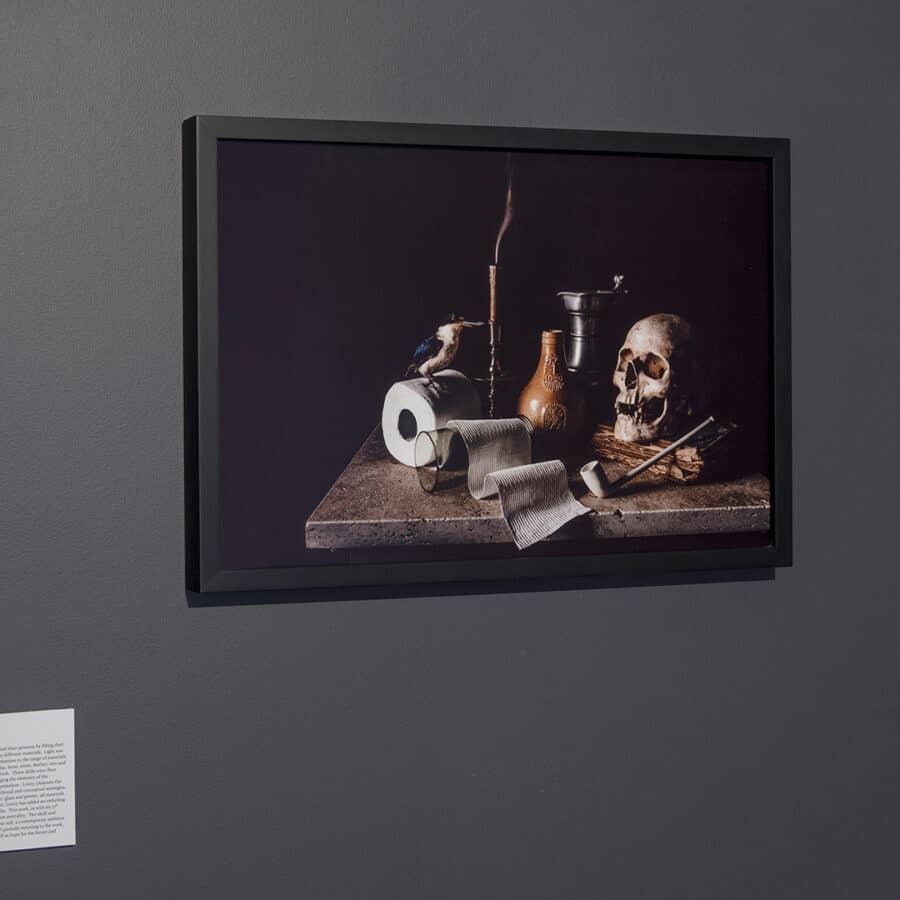
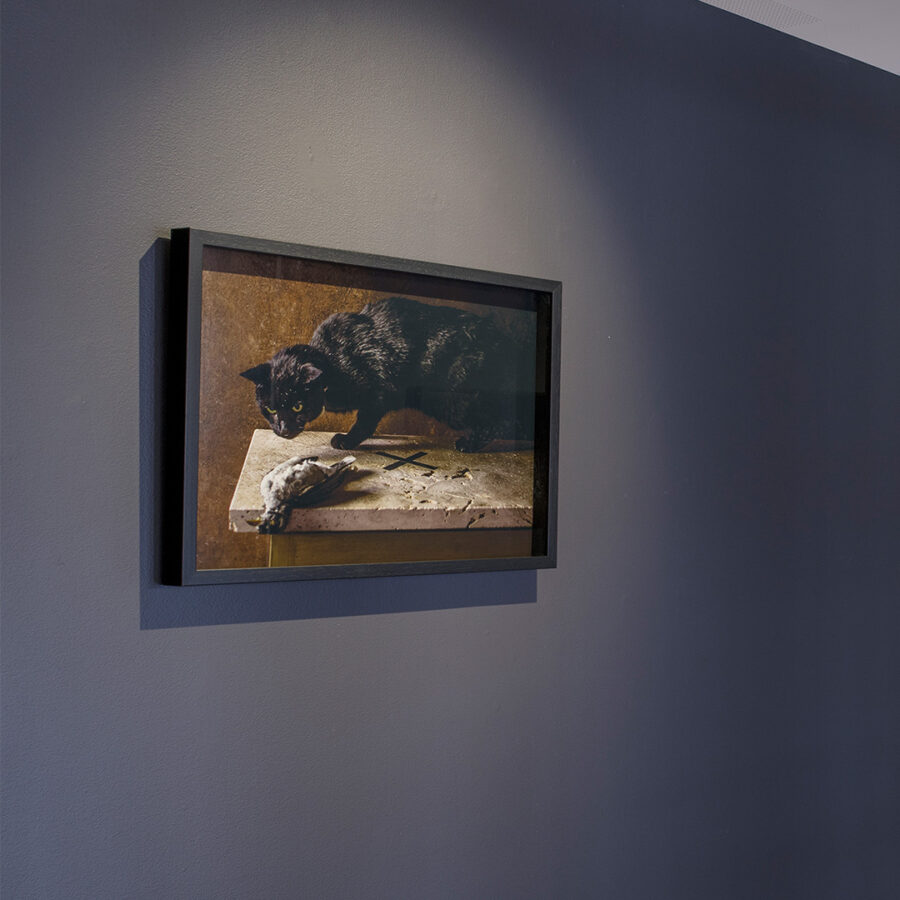
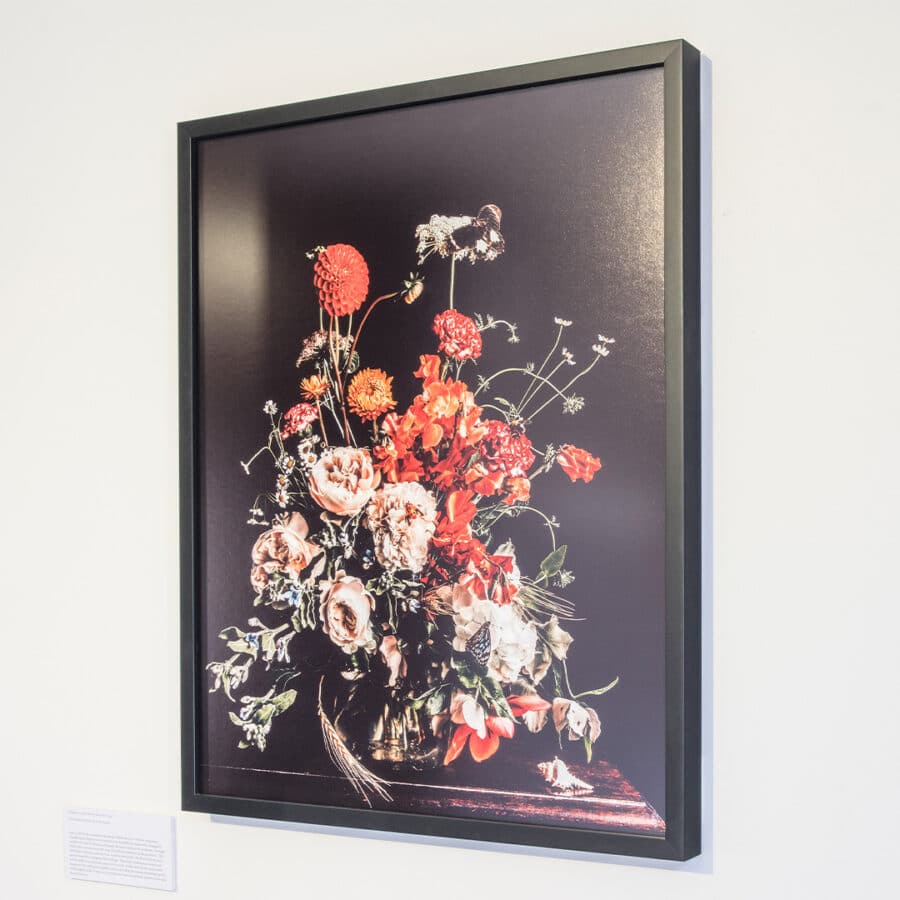
Artist bio:
? Memento Vivere – @christinalowryartist
Brisbane based artist Christina Lowry completed a Bachelor of Fine Art/ Visual Art at the Queensland College of Art in 2002. With a major in Intermedia, Christina developed her black and white film skills, and experimented in the emerging field of digital art. Since 2019 Christina has focussed exclusively on digital photography.
Christina’s work is a dialogue between art history and photography, utilising historic and contemporary symbolism to deliver her distinct aesthetic. Blurring the line between painting and photography, her work is anchored in natural and art history. Featuring meticulously sourced and historically accurate props to faithfully complete her vision, each image takes months to construct, informed by extensive research.
Christina works in her home studio where she uses natural light to create a chiaroscuro effect, reminiscent of the Dutch masters. All of her photographs are created completely in-camera, with no compositing (compiling multiple images). With many of her pieces featuring both living and deceased fauna, Christina is also a self-taught entomologist and has a Queensland government issued Collection Authority for deceased wildlife.
Exhibition statement:
This exhibtion of studio still life photography was created in response to Australia’s evolving experience of the Covid-19 pandemic. The works were shot amidst border closures, lock downs, the vaccination roll out, and re-opening of the borders (2020 – 2021). The exibition drawns on the imagery and symbolism of the 17th century Dutch Golden Age, where artists were in part responding to the loss of life from the bubonic plague, which neither the wealth or scientific advancements in their society could protect them from. In just two years 24,000 Amsterdammers lost their lives (10% of the population). While this was more deadly than anything coronavirus has yet caused, the experiences of the 17th century are common to many cities in the 21st: a highly contagious disease whose impact was componded by social inequality, and government reponses including travel restrictions and social distancing.
During this period ‘Momento Mori’ (remember you will die) still lifes were a popular genre of painting amongst the newly wealthy Dutch merchant middle class. These paintings represent the shift away from Catholic iconoclastic paintings, towards Protestent symbolism . Seventeenth century viewers would have understood fallen glasses, snuffed candles, hourglasses and clay pipes as moral stories on the uselessness of worldly pleasure and the certainty of death. While ivy and wheat represented hope, ressurection and salvation. Richness and fecundity were expressed with expensive exotic flowers and fruit at their peek, while the inevitability of death was symbolised by insects and decay.
In these photographs I am appropriating the visual language, stylistic elements, compositions and lighting of these traditional Dutch floral arrangements and still lifes. I have embraced the signs and symbols of the period, while leaving clues to our modern pandemic: a pair of black disposable gloves, a disposable mask, and a roll of toilet paper. The photographs also contain historically accurate reproduction props including the replica Roemer glasses, whose originals featured in paintings from the 16th – 17th century, a ‘Bartman’ (bearded man) jug, a vintage Heemskerk candlestick, and Dutch clay pipe.
I have studied entomology and practiced the art of preserving and pinning insects for over twenty years. From a native Australian Carpenter bee, to a Southeast Asian Violin beetle, insects from my personal collection were carefully intergrated in the still lifes for their symbolism. I also accessed taxidermy birds, as well as a human skull from the Queensland Museum Loans center, and utilised a range of live creatures, including silk worms, caterpillars and butterflies, blue tongue and shingleback lizards, and a panda snail. I collaborated with head florist Amy Gurling of Unveiling Poppy, who reinterpretyed the historical floral compositions. By including native Australian flora and fauna with these traditional flowers, we have grounded the work in an Australian context.
In this collection I draw inspiration from these historical works and bring them into the 21st century Australian context. Reiterating the sentiments expressed in the Dutch paintings for a contemporary audience.
